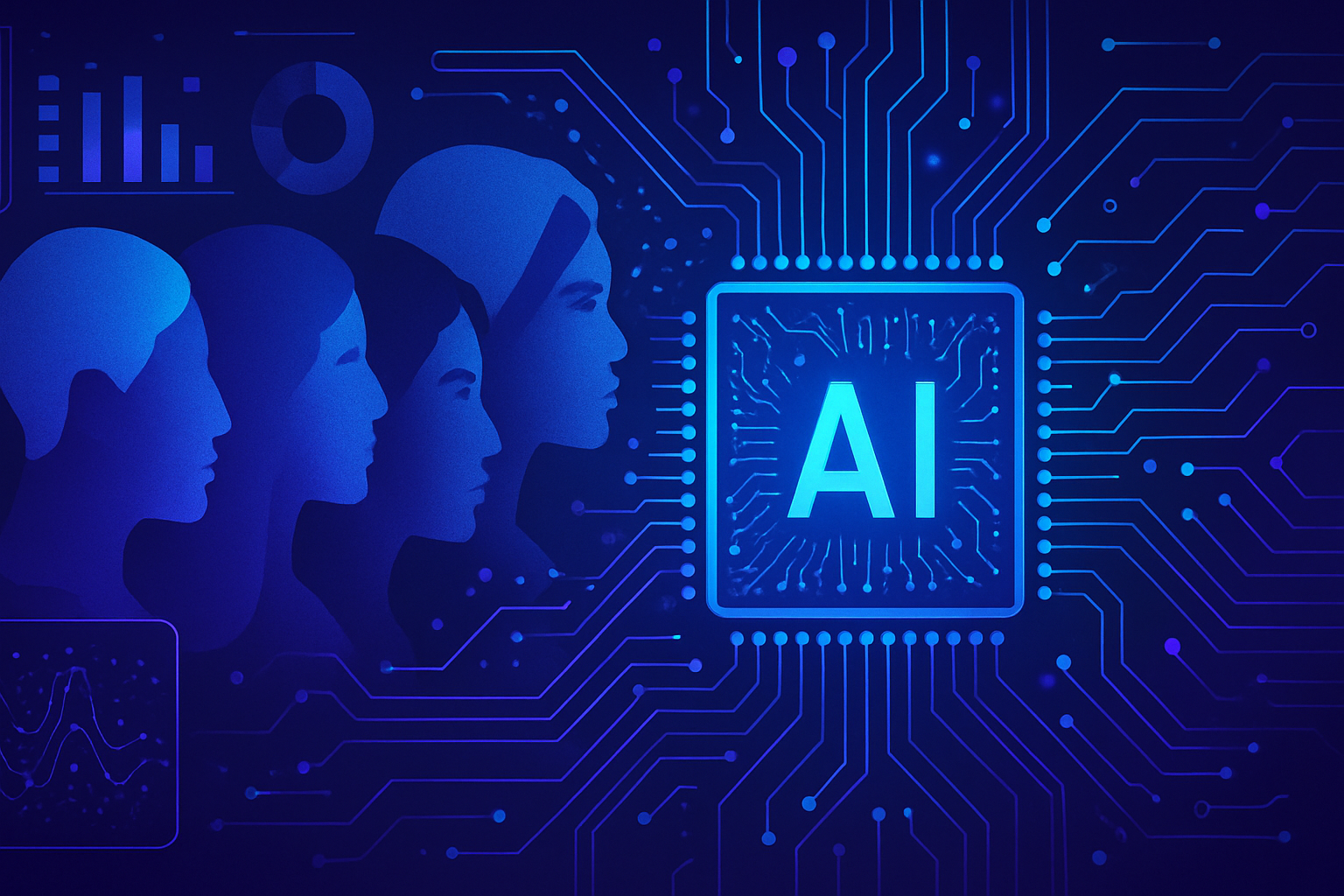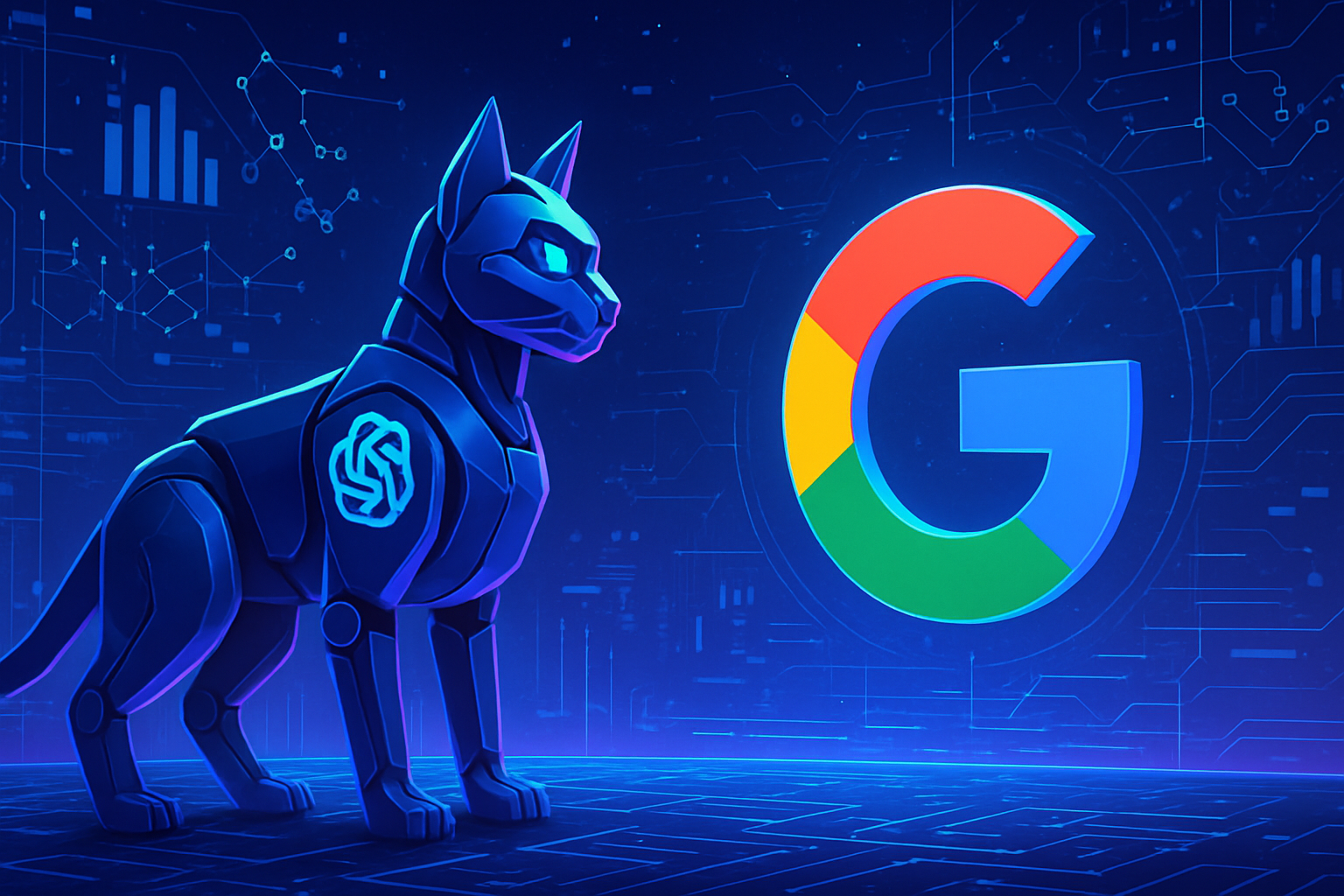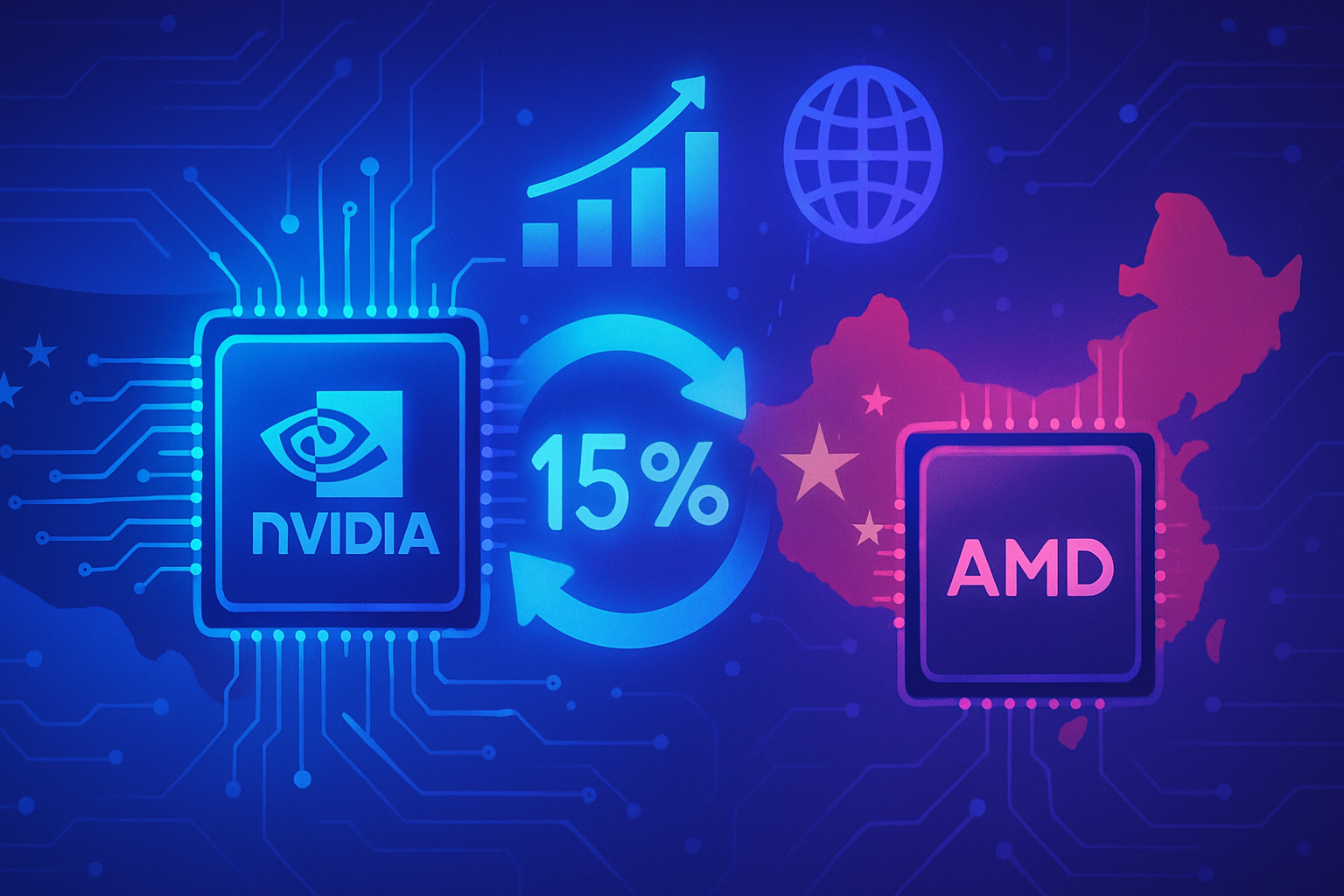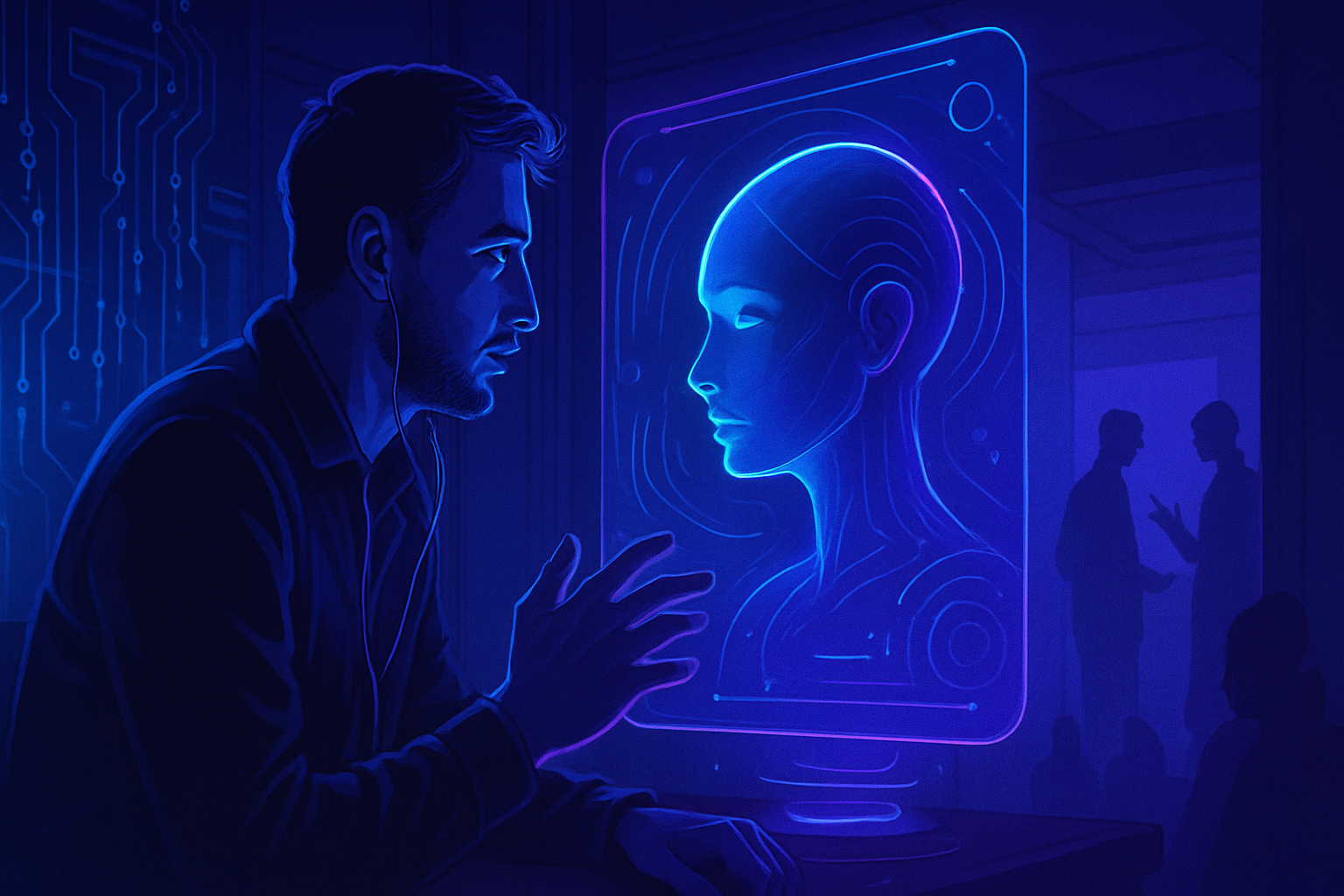NVIDIA is committed to overcoming the barriers of linguistic AI. Linguistic diversity poses a fundamental challenge. *Access to AI for every language is revolutionary.* The tech giant offers a comprehensive solution to restore balance. *A multitude of underrepresented languages will benefit from advanced tools.* In doing so, it redefines the contours of human interaction with machines. *Multilingual innovation promises tools tailored to each culture.*
NVIDIA and Multilingual AI: A Strategic Turning Point
The omnipresent AI only reaches a small fraction of the 7,000 languages spoken in the world. This lack of linguistic diversity creates a divide for a large part of the global population. In response to this issue, NVIDIA recently highlighted a new initiative dedicated to expanding the capacity of AI to understand and speak multiple languages, particularly those spoken in Europe.
Open-Source Tools for Developers
NVIDIA has launched a robust suite of open-source tools aimed at enabling developers to design high-quality voice AI applications that can operate in 25 European languages. Among these languages are major dialects as well as languages often overlooked by big tech companies, including Croatian, Estonian, and Maltese.
Granary: A Library of Human Speech
At the heart of this initiative lies Granary, a vast library of audio samples comprising around one million hours of recordings. This audio fund has been meticulously organized to teach AI the nuances of voice recognition and translation, thus offering the potential to create powerful voice tools suited to various contexts.
New AI Models: Canary and Parakeet
NVIDIA also offers two innovative AI models dedicated to linguistic tasks. The Canary-1b-v2 model is designed to provide high accuracy in complex transcriptions and translations. In contrast, Parakeet-tdt-0.6b-v3 is optimized for real-time applications, where speed of execution is crucial.
Optimal Data Creation
The creation of these models does not rely on the traditional method of data collection, which is often time-consuming and expensive. The voice AI team at NVIDIA, in collaboration with researchers from Carnegie Mellon University and the Bruno Kessler Foundation, developed an automated process. Using their own NeMo tool, they were able to transform raw, unlabelled audio recordings into high-quality structured data for AI learning.
Impact on Digital Inclusivity
This technical advancement represents a major leap forward for digital inclusivity. Developers located in Riga or Zagreb can now create voice AI tools that truly understand local languages. Granary has proven so effective that it requires about half the amount of data needed by other popular datasets to achieve a similar level of accuracy.
Model Performance and Practical Applications
The new models testify to this efficiency. Canary offers unique translation and transcription quality, rivaling models three times larger, while providing speed up to ten times greater. Parakeet has the ability to analyze a 24-minute meeting recording without interruption and automatically identifies the spoken language. These models have been designed to correctly handle punctuation and offer word-level timestamps, essential for professional applications.
Commitment to Global Developers
By making these tools and methodologies available, NVIDIA is not just launching a product, but initiating a new era of innovation. The vision of an AI that can speak all languages becomes accessible, no matter where one comes from. This development is particularly relevant in the current context where the diversity of linguistic capabilities is essential to meet global expectations.
For developers and AI enthusiasts seeking information and key events, conferences such as the AI & Big Data Expo in Amsterdam, California, and London offer must-attend platforms. This type of event runs parallel to other significant meetings like the Intelligent Automation Conference, the Digital Transformation Week, and the Cyber Security & Cloud Expo.
Frequently Asked Questions About NVIDIA’s Multilingual AI Approach
What is the significance of NVIDIA’s multilingual approach to artificial intelligence?
NVIDIA’s multilingual approach aims to make AI accessible to a wider audience by integrating 25 European languages, including those often overlooked by major tech companies. This promotes greater digital inclusivity and allows for the development of tools tailored to the diverse linguistic needs of users.
What tools has NVIDIA put in place to assist developers in creating multilingual voice applications?
NVIDIA has introduced a series of open-source tools, including a library named Granary, which provides about one million hours of human audio. This resource, along with new AI models such as Canary and Parakeet, enables developers to create advanced voice devices suited to a broad variety of languages.
How does the Granary library assist in the development of voice AI?
Granary offers a vast amount of carefully structured audio data, facilitating the training of AI models in voice recognition and translation. This allows developers to learn the nuances of speech and improve the accuracy of the applications they create.
What are the specifics of the Canary and Parakeet models?
The Canary model is designed for complex transcription and translation tasks with a high level of accuracy, whereas Parakeet is optimized for real-time applications, offering speed and efficiency in processing voice data.
What is the difference between the AI models offered by NVIDIA and other popular datasets?
NVIDIA’s models have the exceptional power to achieve target accuracy levels while requiring about half the data needed by other popular datasets, making them more effective for developers.
Can we easily obtain the models and data from Granary?
Yes, all developers can easily access the models and dataset via Hugging Face, allowing them to quickly integrate these resources into their development projects.
What practical applications can be created with this technology?
Developers can create a variety of applications, including multilingual chatbots, instant translation services, and customer support tools, allowing AI to understand and respond to users in their native language.






